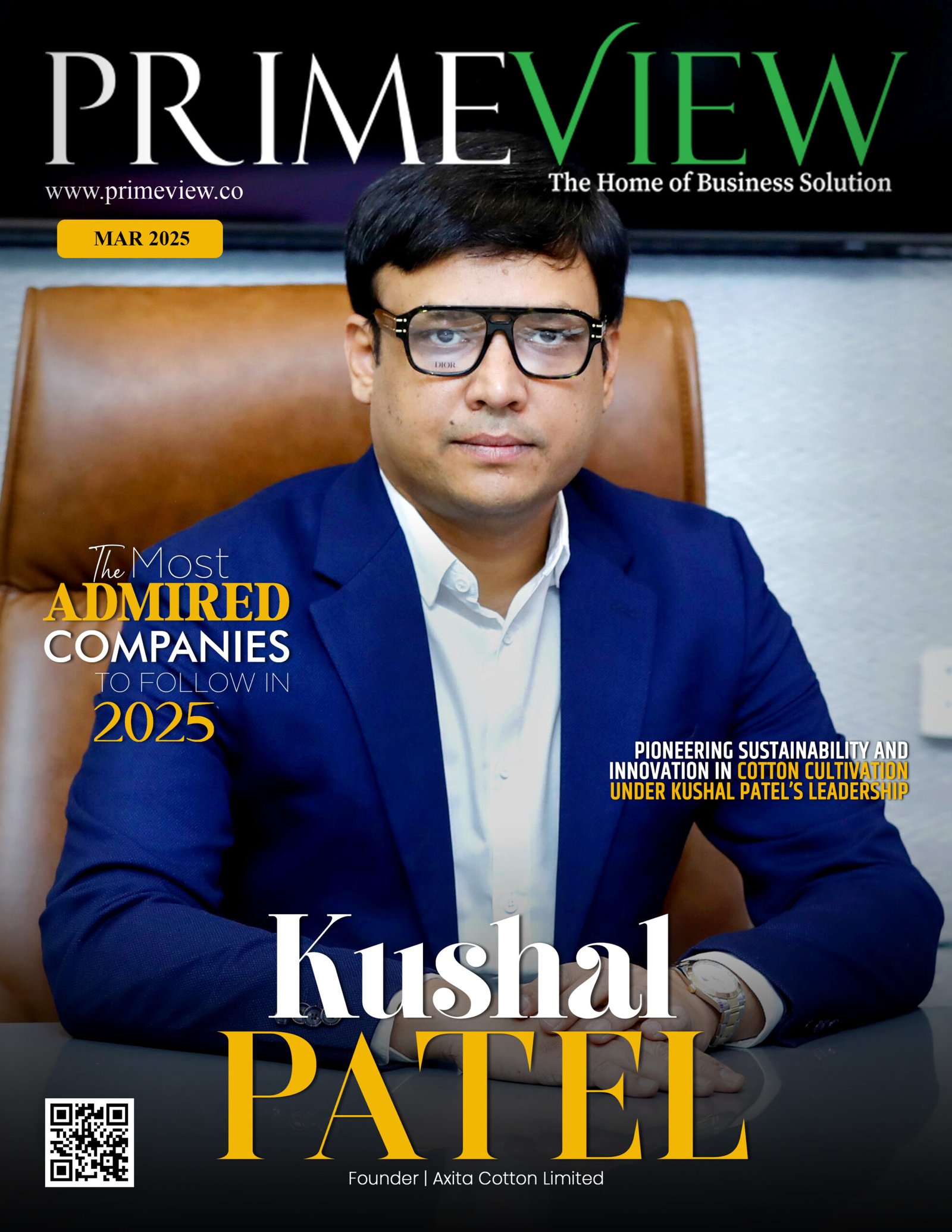Whether it’s managing a business or administering a country, growth is the most common denominator to be delivered by a leader and his team. We have been witnessing global trade pressures brought about by the posturing of the US leadership, who wants to find new ways to grow. Corollary, we have other global leaders countering these advances to manage their growth.
Commoditisation of products and services in the traditional business as well as large spare capacities built across industries have driven CEO’s to recover their fixed cost and utilise capacities at the cost of margins. Whether its capacities for defence, guns or agriculture the need is to recover and grow the investment.
This is truer for the challenger companies and MSME (micro, small and medium enterprises) who form 90% of the registered companies in the world delivering 50% to the GDP and employing 60%-70% of the total people. So, if you have been spending time analysing only the large companies you definitely are getting a coloured and convenient view of reality as it’s the smaller who have an impact on more.
There is a challenge in the productivity gap between the large and the MSME segment which forces the CEO of smaller organisations to take a short-term view of business and go for quick gains avoiding long term investments. A leader is driven by global and local socio politic & economic situation, their companies’ competitive advantage and available resources when they think of growing. Assuming we discount technology and talent in an organisation which are always scarce, sentiment play a large role in encouraging investments. The question is whether this sentiment is driven internally by motivation or by external factors which rarely seem inviting.
But whatever is the situation, a leader is expected to grow and perform as he has taken up that responsibility to lead his team. In such a situation the challenges faced by them are many but definitely include; culture, management and strategy.
Culture: This is the way an organisation operates, if a CEO is new and from another culture then understanding and adapting takes time as well as he is not always able to introduce new ways to work. This is the no. 1 impediment given the average life of CEO to be 2-3yrs.
Management: This means ownership, as most companies have promoters, a board, a chairman and sometimes directors who as de facto managers. They have a way of doing things and have created their own areas/ functions of influence. Countering this and changing this requires skill and persistence. As any transfer of power takes time and requires a huge transfer of trust to the new person.
Strategy: This being the operative area of the CEO. Here again its highly dependent on the vision of the leader and what is the legacy he would like to leave behind. The personality of the CEO plays a major role as well as his aggression/ persistence/ resilience in getting things done the way he sees it.
This is actually the area where the CEO can make a quantum difference and even influence management and culture. By creating a stronger and vibrant vision he can reset the motivation of the company to a new direction. The conviction of the CEO to the new plan or strategy decides its new direction. A classic example is what Satya Nadella did for Microsoft, he changed the game, inspite of being a staunch insider, groomed within the same culture.
But a strategy is just a plan it needs to move gather pace and get executed. To make this happen there is no one who will be as passionate as the creator of the plan. Thus, plans or strategy ultimately gets executed by leaders, cause he gets you the means and the will. They will open all doors for the team to achieve.
But with whatever pressure the CEO puts he still needs to sell the plan and his vision to the team. Starting with the promoters followed by directors and then the key functional heads.
Its believed that companies and especially professional companies are run democratically or I would say almost democratically. Well, that doesn’t really happen. There is some level of general acceptance the rest, “has to be done”. If every person all views are taken on board the chances are very high that the direction will be lost. Thus, only gross challenges to the strategy sometimes get debated.
In most cases you would have enough people wanting to oppose the plan (for the most frivolous reasons) but sine they do not have a counter plan they reserve their comments.
For brining in any change the CEO has to first connect with the challenges, mostly this connect is through feedback from his team, trade, customers and employees. Now for one man to meet all, then assimilate all the challenges and feedback and then act on it can be a herculean task. As the challenges will only seem to be surmountable if they are prioritised.
A very effective way to identify issues is through data and relate the data to business issues. This takes a little time if one is not already practicing it. Most companies have enough information to tell them what’s not working and how does it impact their performance. However, as data analytics team is not always having a clear view of the business issues it requires managerial hand holding.
Quantification of challenges is only possible with data and once you have quantified it, its automatically prioritised. Problem identification is the most important step to growth. Cause if you get the priority wrong the efforts go waste.
In today’s business, pressures which seem to never go away, CEO’s are grappling with new challenges with changing priorities. If its not the import duty imposed by a nation then it could be war or supply chain disruption.
The world is moving towards digitisation and soon every sector will have the analytical competency which is still expensive for the MSME while afforded by the large companies. The smaller digital based companies have already adopted these analytical competencies which are being spruced by AI.
Whether its sales automation or erp dashboards flashing success parameters or affordable AI, this phenomenon is headed towards democratisation and available to all at a shared cost or pay per use, getting more affordable.
The challenges which the CEO see’s today is in access to funds and technology. Both are being reconfigured by the startup’s eco system, private equity, crowd funding and the digitisation pervasiveness of business. Every sector is being affected if not directly then indirectly in the way they transact and interact with their clients.
It’s a matter of time when will you get that knock on your door or that call, which catalysis the growth. Like evolution, growth is inevitable; whoever initiates it, may leave a lasting legacy.










